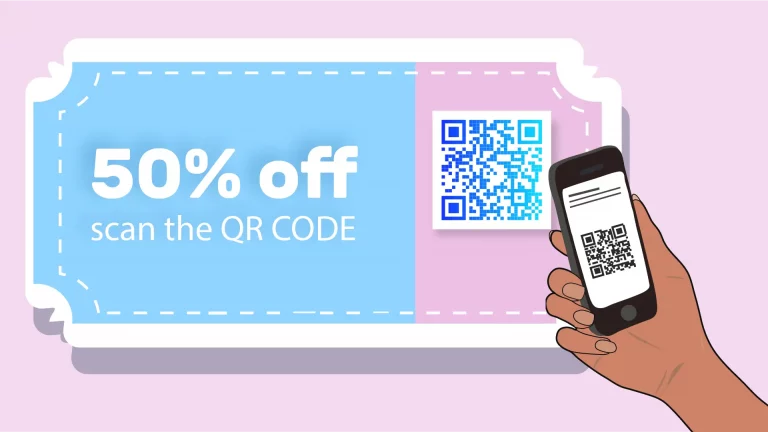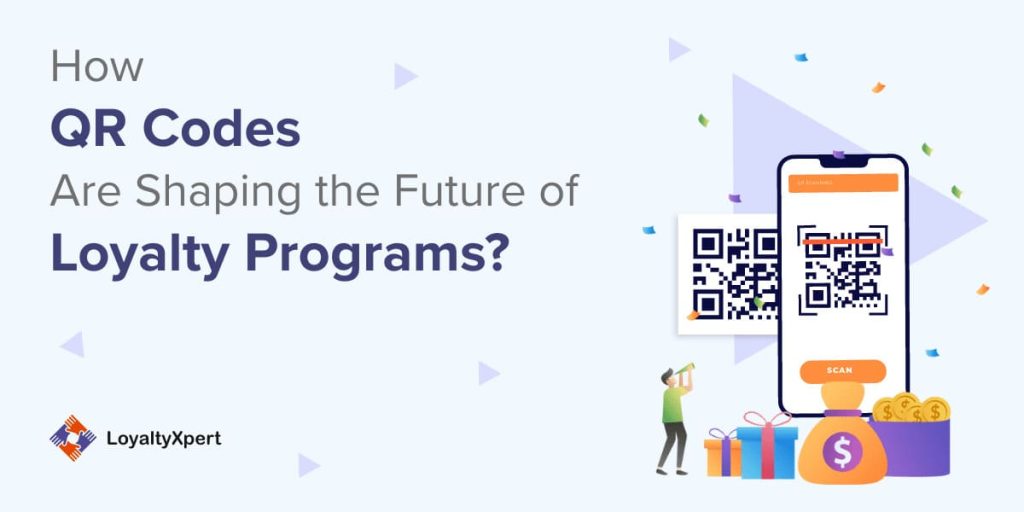Drive Sales and Build Brand Loyalty with an Effective Loyalty System
Drive Sales and Build Brand Loyalty with an Effective Loyalty System
Blog Article
Commitment System Insights: Rewarding Clients and Expanding Your Brand Name
Loyalty programs have actually developed past simple transactional rewards; they currently serve as critical tools for promoting much deeper client relationships and improving brand name loyalty. The influence of a well-implemented commitment program extends past consumer retention, driving advocacy and forming brand assumption in a competitive market.
Understanding Loyalty Programs

By evaluating this data, organizations can customize their offerings to better satisfy client requirements, producing an extra tailored purchasing experience. This customization is pivotal in constructing trust fund and psychological links, which are important for brand name loyalty. Furthermore, commitment programs can enhance customer involvement via special offers, benefits, and experiences that resonate with consumers, enhancing their commitment to the brand name.
Additionally, loyalty programs can add to boosted client life time value, as loyal and pleased consumers are most likely to make frequent acquisitions and refer others. Inevitably, when applied successfully, commitment programs not only incentivize instant sales yet likewise cultivate an area of brand advocates, therefore driving sustainable growth for services in a competitive marketplace.
Sorts Of Award Systems
Different types of incentive systems exist within loyalty programs, each made to cater to different consumer preferences and service objectives. One preferred strategy is the points-based system, where customers earn points for each purchase, which can later on be retrieved for products or price cuts. This version urges repeat transactions and promotes a feeling of success as consumers gather factors.
An additional reliable type is tiered incentives, which incentivizes customers to reach greater degrees of commitment. As consumers progress with tiers, they unlock increasingly important benefits, thereby boosting consumer interaction and retention. This system compensates both preliminary spending and ongoing commitment, making clients feel valued.
Cashback rewards are also widespread, providing clients a percent of their purchase back as money or debt. This straightforward technique attract price-sensitive consumers and can drive a lot more constant acquisitions.
Last but not least, experiential benefits offer distinct experiences, such as special events or very early access to products. These incentives produce unforgettable communications with the brand name, promoting deeper psychological links.
Each of these systems provides unique advantages, allowing organizations to customize their loyalty programs to straighten with their client demographics and critical purposes.

Benefits of Executing Loyalty Programs
Implementing commitment programs supplies many advantages that can substantially boost an organization's relationship with its consumers. By fulfilling repeat acquisitions, companies foster a sense of belonging, urging clients to return much more regularly.
Additionally, loyalty programs make it possible for organizations to gather valuable information on client preferences and buying habits. This info can be evaluated to customize advertising efforts, bring about more reliable and individualized projects. The insights obtained can assist services determine fads, enhance item offerings, and enhance consumer fulfillment.
In addition, commitment programs frequently develop a competitive side in crowded markets. By establishing a solid loyalty structure, organizations can differentiate themselves, bring in customers who focus on brands that worth their loyalty.
Finally, a well-structured commitment program can foster brand campaigning for. Dedicated customers are more probable to advise a brand to others, efficiently transforming them right into brand name ambassadors. In final thought, carrying out commitment programs is a calculated action that can yield considerable benefits, inevitably driving long-lasting organization growth and success.
Methods for Effective Engagement
Efficient involvement is pivotal for maximizing the benefits of loyalty programs and making sure continual consumer passion. Loyalty System. To foster meaningful connections, companies ought to take on a multi-faceted strategy that stresses worth, interaction, and personalization
First, leveraging client data to create tailored experiences enhances engagement. By analyzing acquisition history and preferences, brand names can use tailored incentives or referrals that reverberate with find here private customers. This targeted technique not just increases complete satisfaction but also urges repeat interactions.
Second, routine and clear interaction is important. Making use of different channels, such as email e-newsletters, social media, and mobile applications, makes certain clients are informed regarding promos, benefits, and program updates. Consistent messaging maintains the brand top-of-mind and strengthens the value of commitment engagement.
Finally, incorporating gamification aspects can substantially boost engagement. Attributes such as point buildup, difficulties, and tiered rewards develop a sense of achievement and excitement, motivating customers to engage more actively get more with the program.
Including these methods cultivates a dedicated client base, driving continual growth and brand name affinity while optimizing the potential of commitment programs. By focusing on efficient involvement, services can strengthen connections and improve the total customer experience.
Measuring Success and ROI
To precisely evaluate the performance of loyalty programs, services should develop clear metrics for measuring success and return on financial investment (ROI) Trick efficiency indicators (KPIs) such as consumer retention rate, average order value, and the regularity of repeat acquisitions give quantifiable understandings into program performance.
Furthermore, tracking the total effect on consumer lifetime worth (CLV) is crucial. A successful commitment program need to increase CLV by fostering consumer loyalty and motivating repeat deals (Loyalty System). Businesses ought to likewise think about the expense of implementing and maintaining the program against the profits produced with loyal customers
One more important technique is to examine client involvement metrics, such as participation rates in loyalty tasks and the redemption of incentives. This information permits business to improve their offerings and enhance client experiences.
In addition, making use of sophisticated analytics and customer feedback can better sustain the evaluation of loyalty program performance. By integrating qualitative insights with measurable information, services can adjust approaches to maximize performance. Inevitably, a detailed measurement framework will certainly allow organizations to comprehend truth worth of their loyalty programs and make informed choices for future growth.
Verdict
In final thought, loyalty programs function as an important device for boosting client involvement and promoting brand name loyalty. By using various incentive structures and personalized rewards, businesses can successfully accommodate varied consumer preferences. Web Site The critical implementation of these programs not just increases client retention however additionally changes satisfied consumers into advocates, adding to brand growth and affordable benefit. Ultimately, the effective implementation of loyalty systems contributes in optimizing customer lifetime value and accomplishing lasting organizational success.
Commitment programs have actually advanced past mere transactional benefits; they now serve as tactical tools for fostering deeper customer connections and improving brand name commitment. As clients advance with tiers, they unlock significantly beneficial advantages, therefore boosting consumer involvement and retention. An effective commitment program need to increase CLV by promoting client commitment and motivating repeat transactions.In final thought, loyalty programs serve as an important mechanism for enhancing consumer involvement and fostering brand loyalty. The strategic implementation of these programs not just boosts client retention however likewise transforms completely satisfied consumers right into advocates, adding to brand name development and competitive advantage.
Report this page